| Model: | MOS 68-41-7 |
| Brand Name: | MOSINTER |
| CAS No.: | 68-41-7 |
| Product Name: | D-cycloserine |
| Molecular Formul: | C3H7N2O2 |
| Melting point: | 147℃ |
| CAS NO.: | 68-41-7 |
| Water solubility: | SOLUBLE |
| Molecular Weight: | 103.0993 |
| EINECS: | 200-688-4 |
- Have any questions?
- +86-189 8930 5995
- sales@mosinterchem.com.cn
D-cycloserine CAS 68-41-7

Isonicotinic acid hydrazide CAS 54-85-3
05/12/2018
Ampicillin CAS 69-53-4
05/12/2018D-Cycloserine (CAS: 68-41-7) is an amino acid with an unusual structure.
D-Cycloserine Attribute
| Molecular Formula | C3H7N2O2 |
| Molecular Weight | 103.0993 |
| Melting point | 147℃ |
| Water solubility | SOLUBLE |
D-Cycloserine Molecular Formula
Synonyms: Cycloserine; D-Cycloserine, STREPTOMYCES ORCHIDACEUS ; D-4-Amino-3-isoxazolidinone;
(R)-(+)-CYCLOSERINE; (R)-4-AMINO-ISOXAZOLIDIN-3-ONE; (R)-4-AMINO-3-ISOXAZOLIDINONE ;
R(+)-4-AMINO-3-ISOXAZOLIDINONE; (R)-4-AMINO-3-ISOXAZOLIDONE; SEROMYCIN; ORIENTOMYCIN;
(4R)-4-amino-1,2-oxazolidin-3-one; (4R)-3-oxoisoxazolidin-4-aminium; D-Cyloserine
It is a colorless solid that is produced by some bacteria. It is an antibiotic effective against Mycobacterium tuberculosis.
Since the discovery that cycloserine is able to penetrate into the central nervous system, numerous studies have been
conducted to assess the efficacy of cycloserine for psychiatric disorders. It has been found to be effective in the treatment
of some neurological disorders, due to its effect as a selective partial agonist of the N-methyl-D-aspartic
acid (NMDA) glutamatergic receptors found in the basolateral nucleus of the amygdala. Specifically, cycloserine affects the
glycine-binding sites which are important for opening these NMDA channels. Cycloserine is stable under basic conditions,
with the greatest stability at pH = 11.5.
D- cycloserine is a lavendulae produced by Streptomyces (Streptomyces lavendulae) and orchids Streptomyces (S.orchidaceus)
or synthesized by chemical peptide broad-spectrum antibiotics. A broad spectrum antibiotic cycloserine, except
tuberculosis, the most positive and Gram-negative bacteria, rickettsia and some protozoa, also have inhibitory effect
on streptomycin, viomycin of aminosalicylates acid-resistant Mycobacterium tuberculosis, isoniazid, pyrazinamide, also
play a role. Cycloserine and isoniazid for tuberculosis
H37RV synergy mild, and streptomycin neither synergy nor antagonism displayed. This product antibacterial agents,
increasing the dose or prolong the duration of action of bacteria, does not appear sterilization.
Mechanism D- cycloserine antibacterial effect is to inhibit the biosynthesis of cell wall peptidoglycan, because it is a structural
analog of D- alanine, D- alanine can be inhibited competitively with peptidoglycan synthesis process Two important
enzymes – alanine racemase and D- alanyl -D- alanine synthetase. Its Mycobacterium tuberculosis (Mycobacterium tuberculosis)
is weak, streptomycin only 1 / 10-1 / 20. The advantages of drug-resistant strains of bacteria are effective, and less resistance to
it. It can be used in combination with other anti-tuberculosis medicine in the treatment of tuberculosis resistant Mycobacterium
tuberculosis caused.
Cycloserine is the second-line medicine, can inhibit the growth of Mycobacterium tuberculosis, but the effect is relatively weak first-line
medicine, the efficacy of TB is low, alone can produce resistance, but resistance occurs slowly than other anti-TB medicine, among
other anti-TB medicine and no cross-resistance. Antibacterial mechanism of action is to inhibit the synthesis of bacterial cell
wall peptidoglycan of cell wall so that the defect.
You must be logged in to post a review.

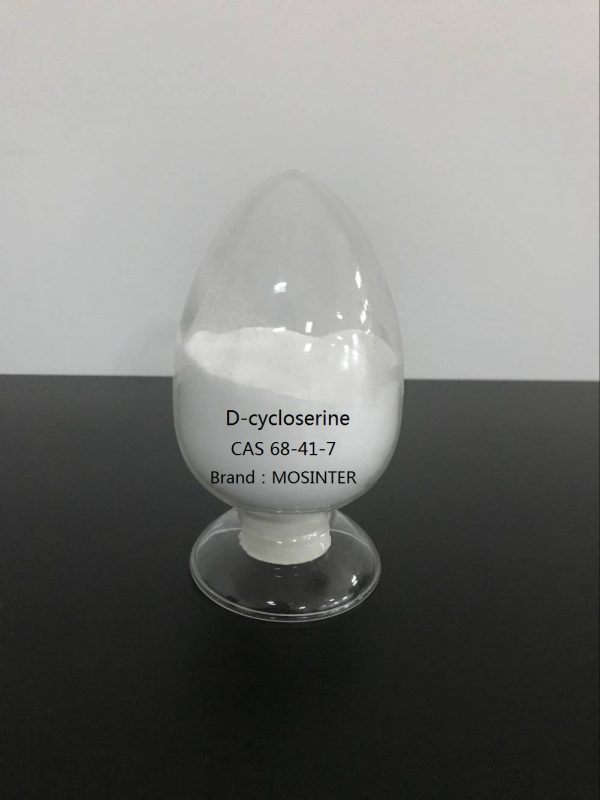
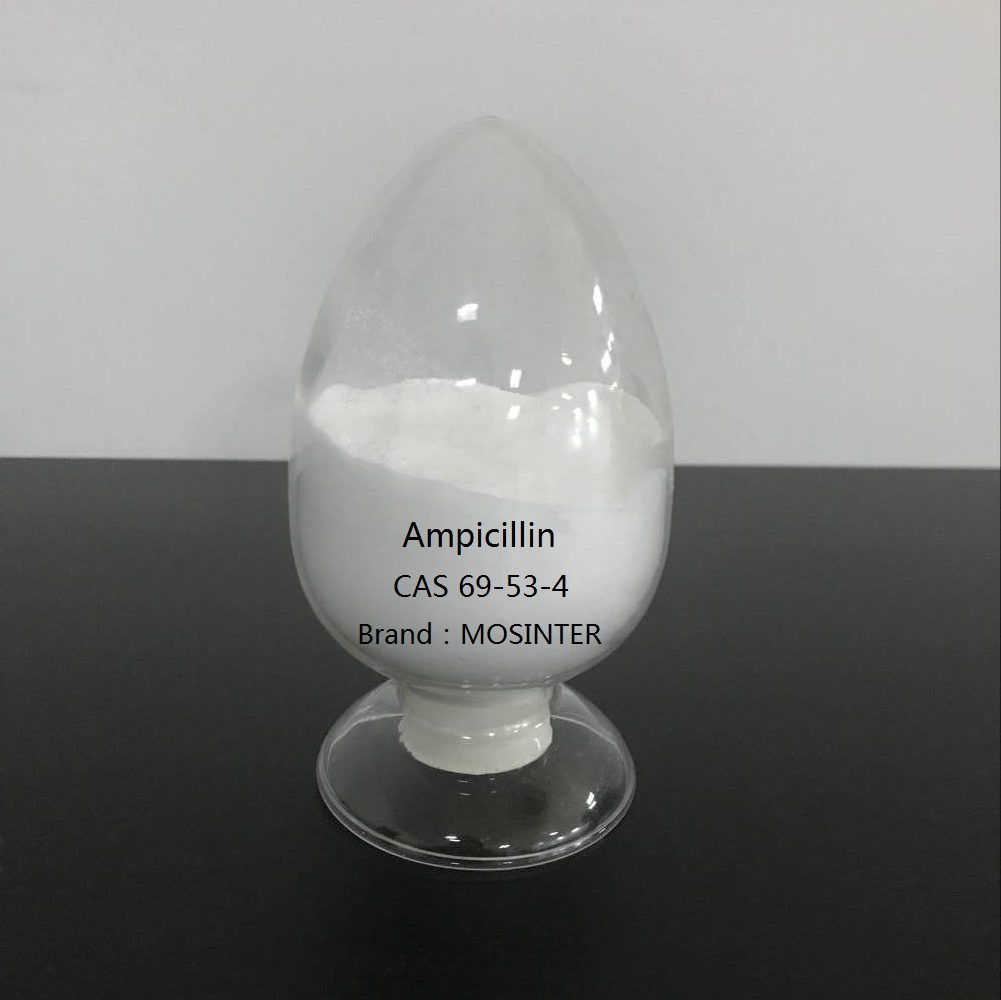
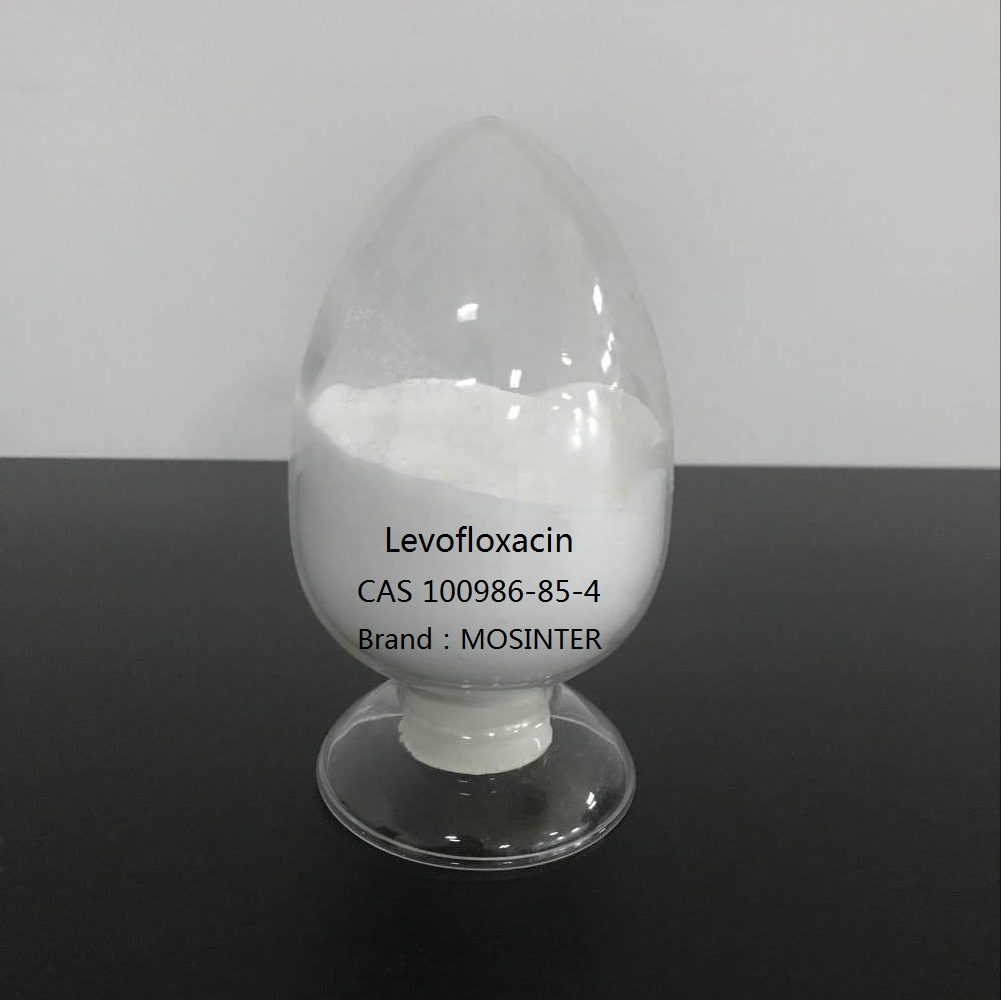
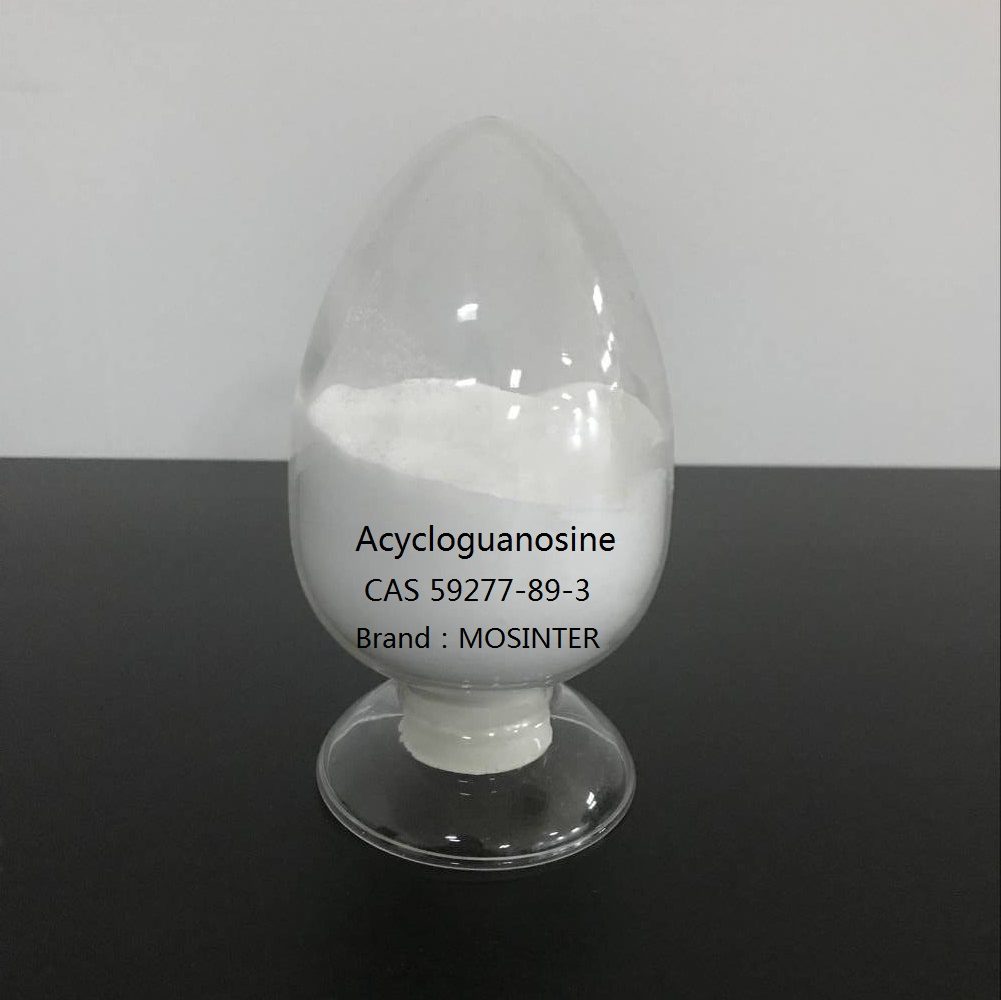
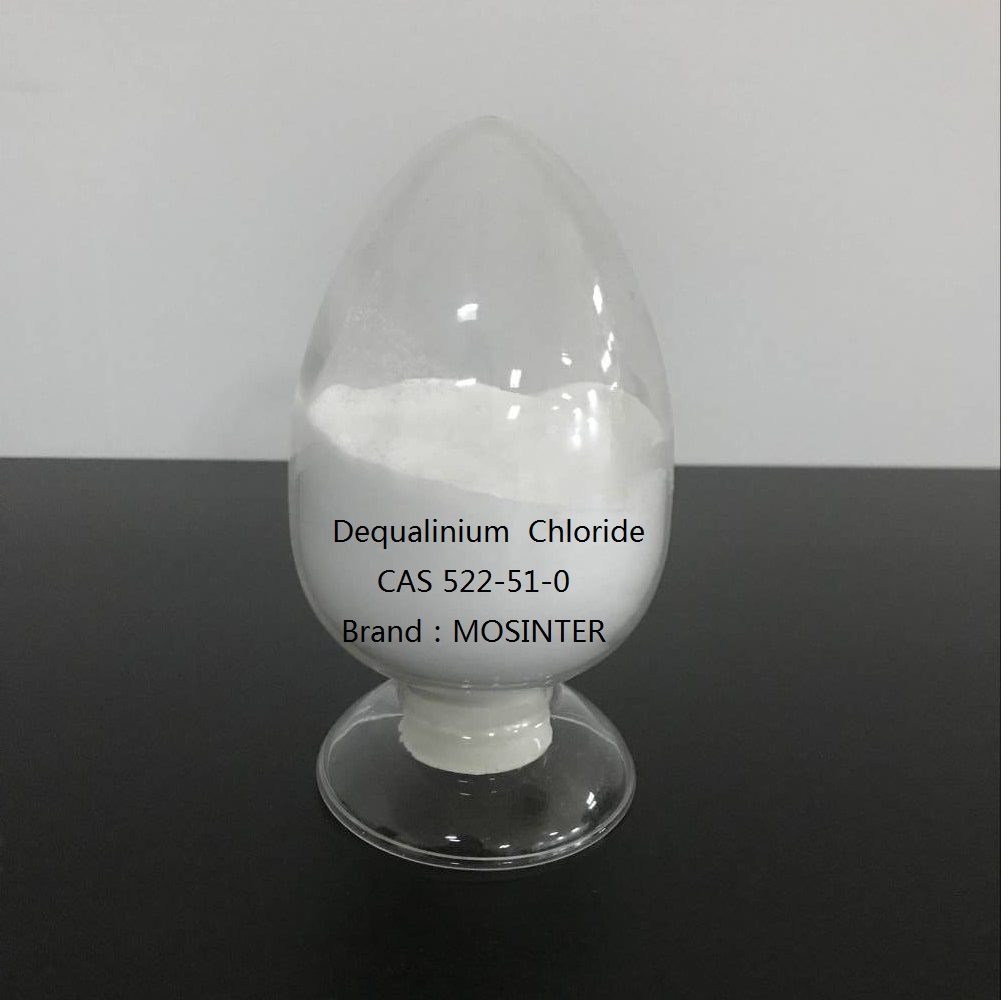
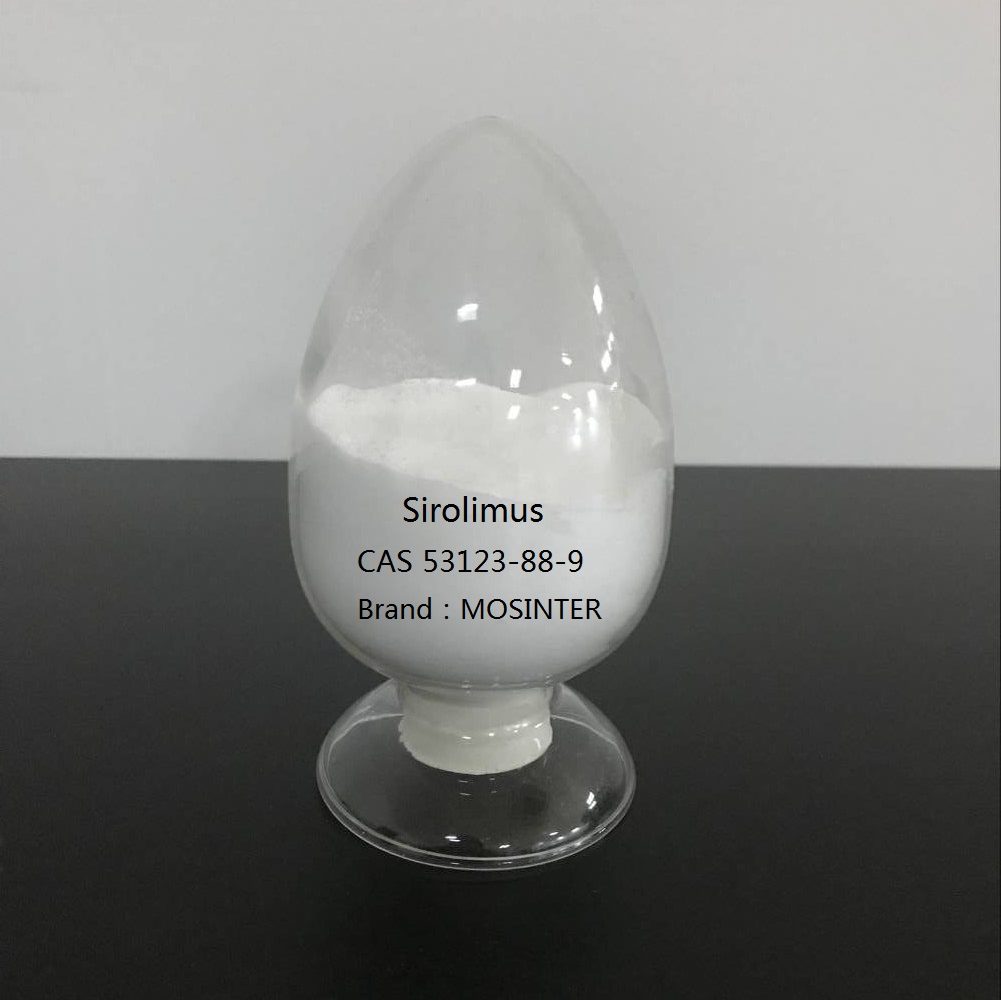
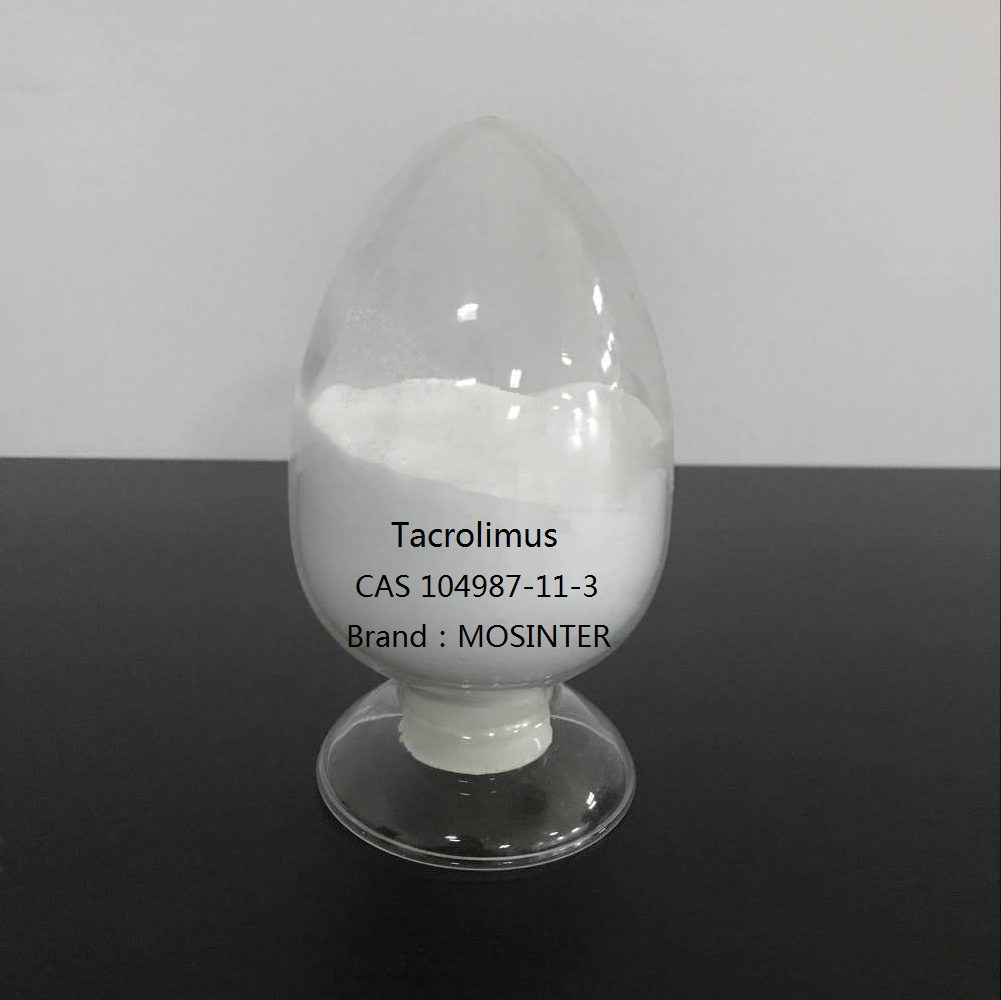
Reviews
There are no reviews yet.